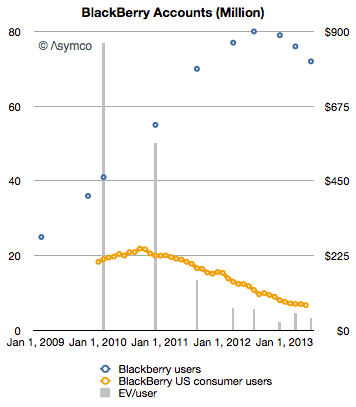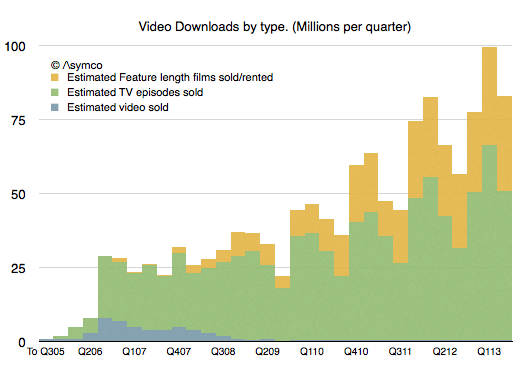The functional organizational structure may be causal to successful disruption. Although this hypothesis needs much more research and testing, there are correlations in the anecdotal evidence. One of the principles of this theory is that functional organizations are less prone to “political infighting” where a powerful division can disable a self-disruption through the wielding of the power of the Profit/Loss statement.
Under the divisional structure the modus operandi is that once an internal threat is detected, the incumbent division unleashes antibodies to destroy the smaller and less powerful opponent. This is possible because as soon as the threat is perceived, a threat response kicks in and the power to deflect the threat is abundant in the reward and incentive structure. This response mechanism is so common and well understood that it forms the basis of the Innovator’s Dilemma.
My hypothesis is that in the absence of product/divisional level power bases, the threat is not felt and the political power to respond is not available. In a functional organization there is no “business leadership”, where the P/L “belongs” to one person. Only the CEO has life-and-death power over products and their decision is “purchased” through discussion with functional heads who stand to benefit as much as to lose from disruptive change.
This functional organization decision process is typical if not universal in small companies and atypical if not unheard of in large companies. It’s one of the reasons small companies are inherently more disruptive. The challenge for a growing company is that functional organizations don’t scale well. There are very few and all depend on vigilant, almost maniacal defense of the structure. Divisional organizations are “natural” at scale and the preservation of functional structures is like fighting entropy.
The organizations which seem to preserve functionality at scale are militaries. This is why I’ve been thinking about it takes to manage such organizations and preserve their apolitical status.
As it turns out, militaries are also not immune from the corrosive effects of political power. In fact, the slide into corruption begins with the formation of elite divisions. The rationale is simple: elite soldiers whose loyalty and skill are most valuable are chosen for special roles and status. They begin by usually acting as bodyguards to the leadership or the state.
Continue reading “Preempting the Praetorian Guard”



